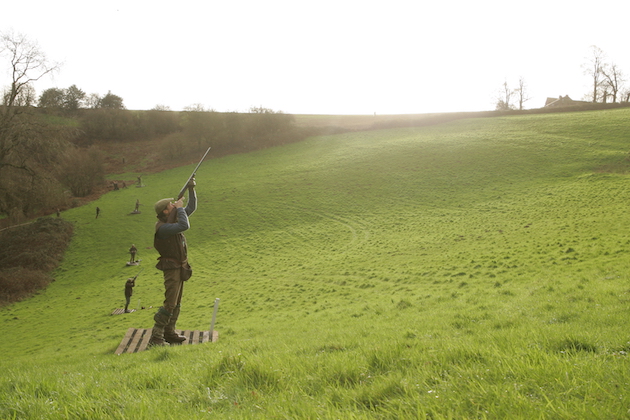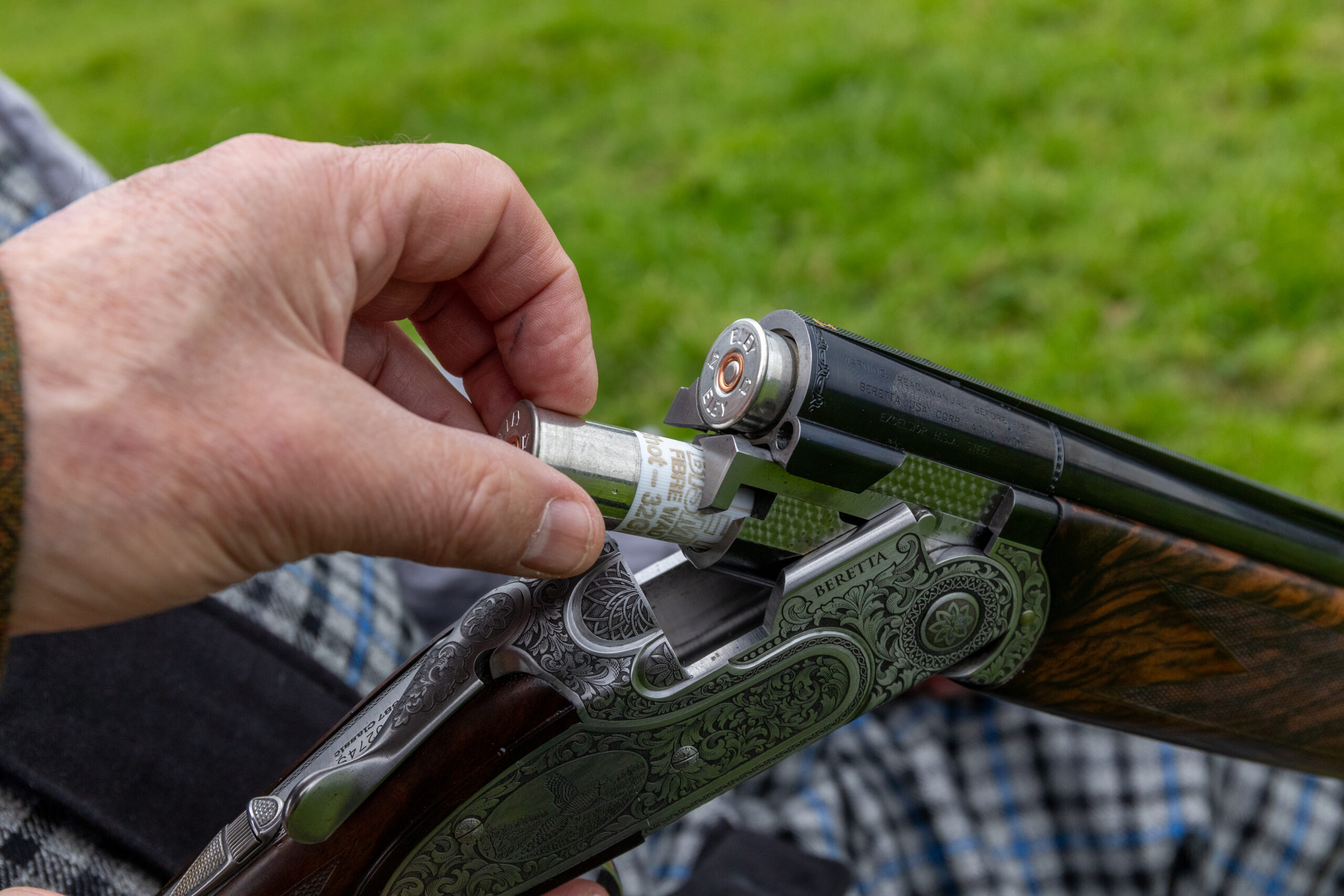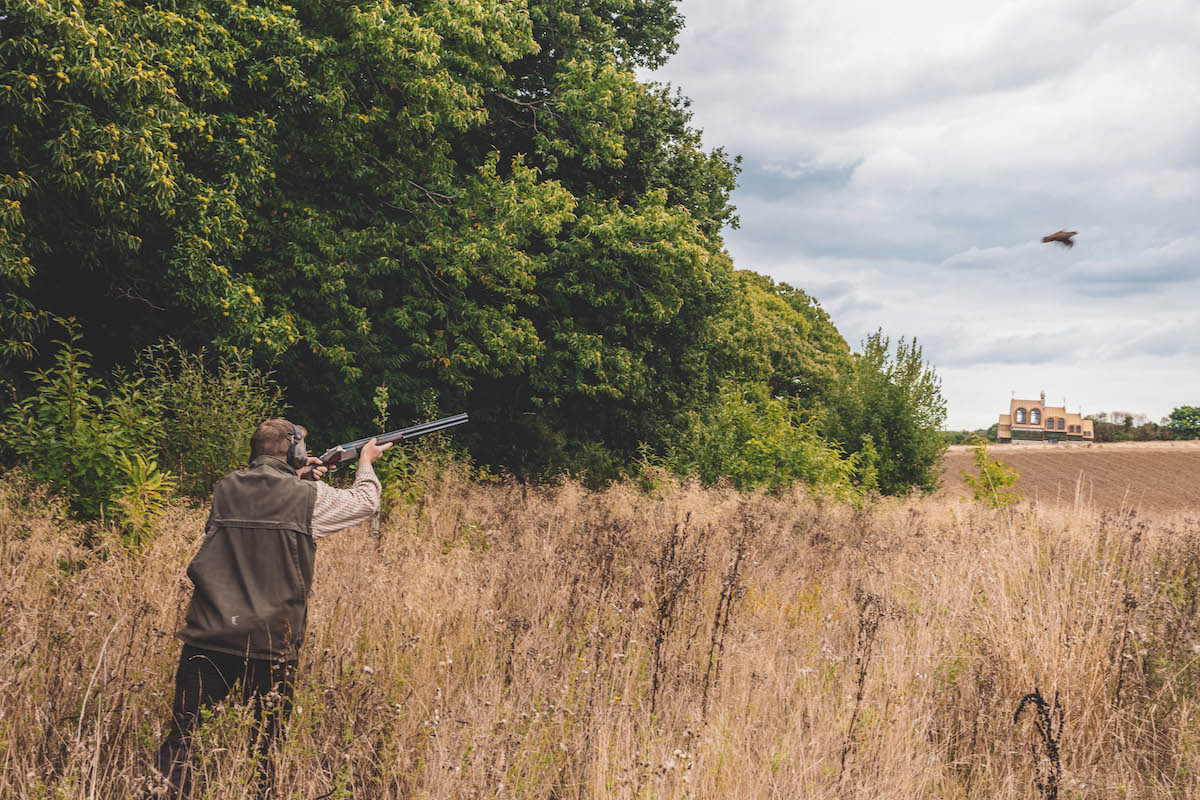Which is the best shotgun cartridge for hitting high birds?
Modern shotgun cartridges are changing the way we judge the range of our quarry, says Frank Morgan

I noticed something last season. I saw some fellow Guns shooting birds at extreme range – higher than 60 yards – and I was also successful with some of my birds. What occurred to me was that a few years ago these birds would certainly have been out of range. So something has changed.
I am still using the same gun I shot with 30 years ago, a 12 bore English sidelock ejector with two-and-half inch chambers. It is a good all-round game gun. Each year I buy sufficient shotgun cartridges for the season before it starts, and for several years I have been using the Hull High Pheasant 12 bore range. Usually I start with No.7s for partridge and early pheasants, then No.6s and No.5s later in the season.
I took a look at the information on these shotgun cartridges. The velocity is now 1,450fps, and hardened shot is used to reduce pellet deformation, resulting in uniform dense patterns at longer range. So which is the best shotgun cartridge for high birds?

When is a high bird out of range?
When is a high bird out of range?
It all depends on the type of gun and cartridges we use and the target we are aiming at.
1. How much striking energy of the pellets is required for a clean kill?
2. How many pellets are needed to strike the bird and bring it down?
Gough Thomas’s book Shotguns and Cartridges for Game and Clays suggests the following:
• Small birds such as snipe: two pellets, striking energy at least 0.5 ft.lb.
• Medium birds such as partridge and grouse: three pellets, striking energy at least 0.85 ft.lb.
• Pheasants and ducks: four pellets and striking energy from 1 to 1.5 ft.lb.

The bird needs to be hit with at least three to four pellets
Ninety yards is within range
For example, I will use the Hull 32gram fibre No.4 containing 160 pellets, with a velocity of 1,450fps. At 80 yards, the residual velocity of the pellets is 500fps and the corresponding pellet striking energy is about 1.5ft.lb. Even at 90 yards the striking energy is still about 1.25ft.lb and therefore should be more than enough to kill a pheasant. For a 30gram No.5 the corresponding range is 60 to 75 yards, for the No.6 it is 50 to 65 yards, and for the No.7, 30 to 45 yards.
Minimum shot pattern
The bird needs to be hit with at least three to four pellets. To achieve this a minimum shot pattern of 120 pellets in a 30 inch diameter circle is needed. A few years ago this would have been a remarkable achievement but today shotgun cartridge manufacturers are using new types of fibre wads and hardened shot that lead to denser patterns at longer ranges.
Let’s look at the pattern at 60 and 80 yards using a pattern plate and see how the pattern varies for different combinations of gun and cartridges.
80 yards
Let’s assume that with the right choice of tightly choked, long-barrelled gun and a 32 gram No.4 cartridge containing 160 pellets we can achieve an acceptable pattern (i.e. 120 pellets in a 30 inch circle at 80 yards). If the bird is in the centre of the pattern it is almost certain to be hit by four or more pellets and so a clean kill will be the result. A near miss potentially resulting in a wounded bird will occur when the bird is at the edge or just outside the central pattern but, because there are very few pellets in this outer region, there won’t be that many wounded birds. It is either going to be a clean kill or a miss. If we can use a 36gram (180 pellets) or even a 42gram (210 pellets) cartridge and still get the required pattern, the extra pellets will increase our chances of a hit. Although there will be more recoil with a heavier load.
How to shoot long range targets and high birds
Clay shooting lessons: How to shoot long range targets and high birds! Mark Russell looks at evaluating long range and…
Dealing with high birds – why you need to change your thinking if you want to be sucessful.
Lady’s Wood Shooting School provides the host setting for a masterclass on shooting high birds. As instructor Tom Payne advises:…
Having trouble shooting high pheasants? Then read these expert tips
Chris Bird at Hollands offers some high pheasant shooting tips
What about the string effect?
The pattern plate only gives a two-dimensional picture of the shot pattern. It does not give any information about the pellet string that results because the pellets are not all travelling at the same velocity. It will occur at these extended ranges but by careful choice of gun and cartridges it can be minimal. Concentrate on hitting the bird in the centre of the pattern each time, which is an achievement at more than 80 yards.
What are the limits for those of us with game guns?
With the right choice of gun and cartridge it is possible to kill pheasants up to nearly 100 yards in some cases. These extended ranges are down to the shotgun cartridge manufacturers who have been able to increase velocities to 1,450fps (and higher). At the same time good, reliable patterns have been maintained over much longer distances.
With modest chokes of improved cylinder and quarter, and using No.4s, the pattern will almost certainly fail long before 80 yards. At 60 yards and using No.5s or even No.6s (both with sufficient striking energy to kill a pheasant), we may have more chance of a reasonable pattern.
For example, say the No.6 gives a pattern of 120 pellets in a 30 inch circle. The remaining 150 pellets will be scattered outside this circle and will improve our chances of a kill, but at the same time also increase the chances of wounding the bird. So for those of us with our game guns, a 60-yard bird is about the limit and probably we have more chance of a kill using No.5s or No.6s.
Things to think about
If you have the right combination of gun and cartridges (No.4s), you can shoot pheasants at more than 80 yards. It is however a challenge.
1. It takes the pellets about 0.3 seconds to travel 80 yards.
2. In 0.3 seconds the bird will travel anything from 13-26 feet.
3. You will also have to read the line of the bird correctly.
4. You need to estimate the height of the bird when taking the shot. Having spent some time firing at a pattern plate at 80 yards you should have some idea of distance.
5. Make allowances for the weather – wind may affect the bird’s flight path.











